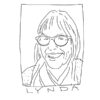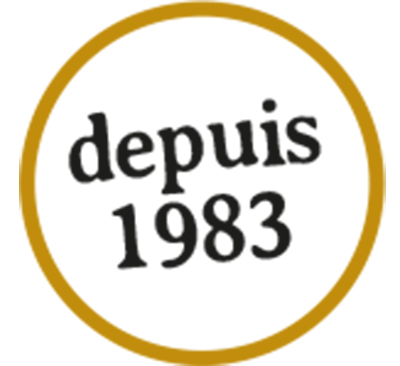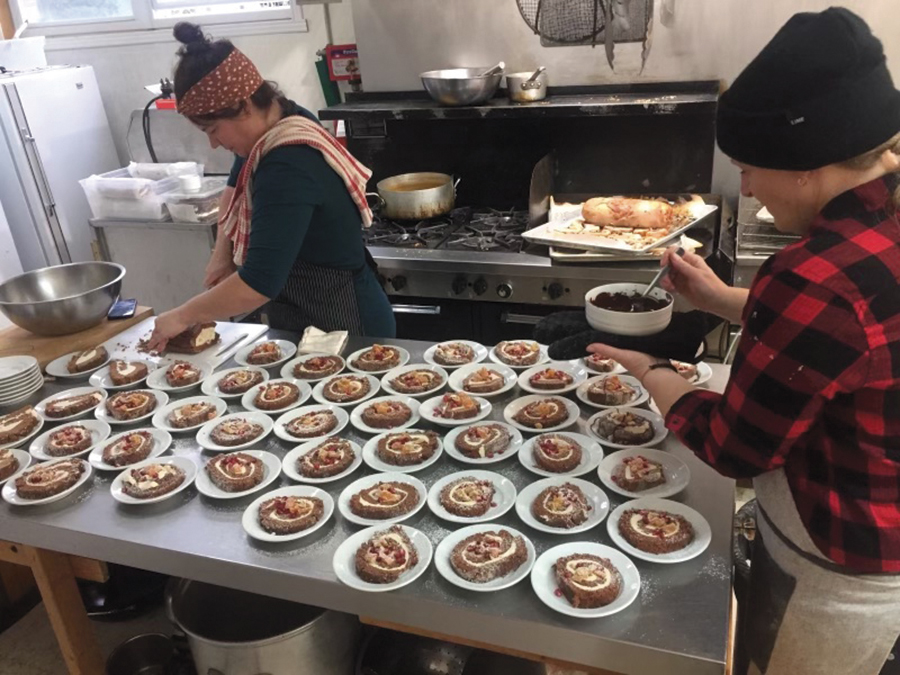When is a table not a table?

Un texte de Lynda Graham
Paru dans le numéro Printemps/Spring 2024
Publié le : 25 février 2024
Dernière mise à jour : 27 février 2024
The community development table provides a forum where our community organizations can work collaboratively on agreed common causes.
When you think of a table what comes to mind ? Most likely a piece of furniture typically with four legs that we eat at or sit around, or possibly a display of facts or figures presented in rows and columns. However the table I am referring to is the one that made possible a series of recent community events in Sutton.
One of the community’s best kept secret
You may have attended or heard of the Generations party (Féte des génerations) held at the school last May, where people of all ages got together in the grounds of the school to enjoy music, a free lunch and a swap shop amongst other activities. A marvellous Christmas lunch for seniors enlivened with live music took place in December. Most recently the Sing event, brought together musicians, families and children for a collaborative session held at Sutton School. What you probably don’t know is that it is thanks in large part, to the Sutton and district community development table (Table de développement des communautés de Sutton et sa région) that these three events all took place and yet this particular table may be Sutton’s best kept secret.
What a community development table does
The objective of the community development table is to provide a forum where our community organizations can get together, share information, and find opportunities to work collaboratively on agreed common causes such as rebuilding a sense of community post COVID. Food security, helping seniors maintain their autonomy or reducing anxiety amongst our young people. For its size, Sutton has a surprisingly large number of nonprofits focussed on community development so meeting up and working together is particularly important : it creates links, helps avoid doubling up on activities, lets organizations learn from each other, and creates the possibility of access to human and financial resources- such as funds from foundations or various branches of the government, notably health.
How it works
Organizations’ representatives meet three or four times a year along with a representative of the Town and the Council. Meetings are facilitated by the Community organizer who works for the public health wing of CIUSSS Estrie. Participants set the agenda, share whatever updates they consider may be useful, identify common priorities and establish if and how they can work together on any given project. Larger projects may require hiring a coordinator, creating a sub committee or recruiting volunteers.
If we take the example of the seniors Christmas lunch it was made possible by a small CIUSSS grant whose effect was multiplied ten-fold by the ingenuity of the project coordinator, the involvement of volunteers who gave their precious time to cook, make decorations, wait tables and wash dishes, local businesses who donated goods and services, children who made Christmas cards and last, but not least, the practical support of community organisations including the Centre Action Benevole (CAB) and the Sutton branch of the Royal Canadian Legion. All this made it an event for and by the community with more to come.
Lynda Graham

